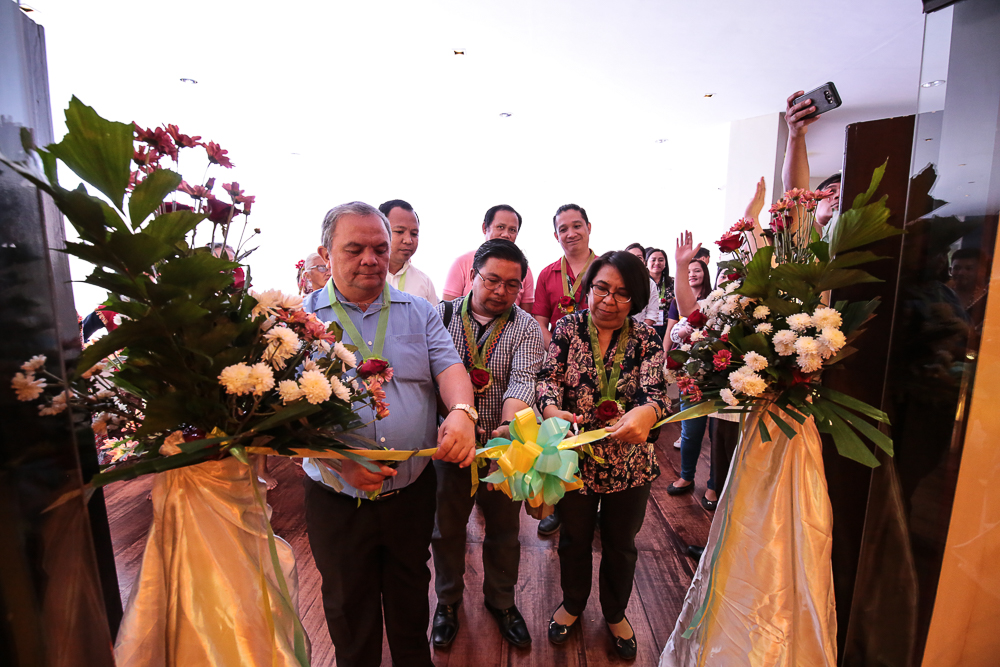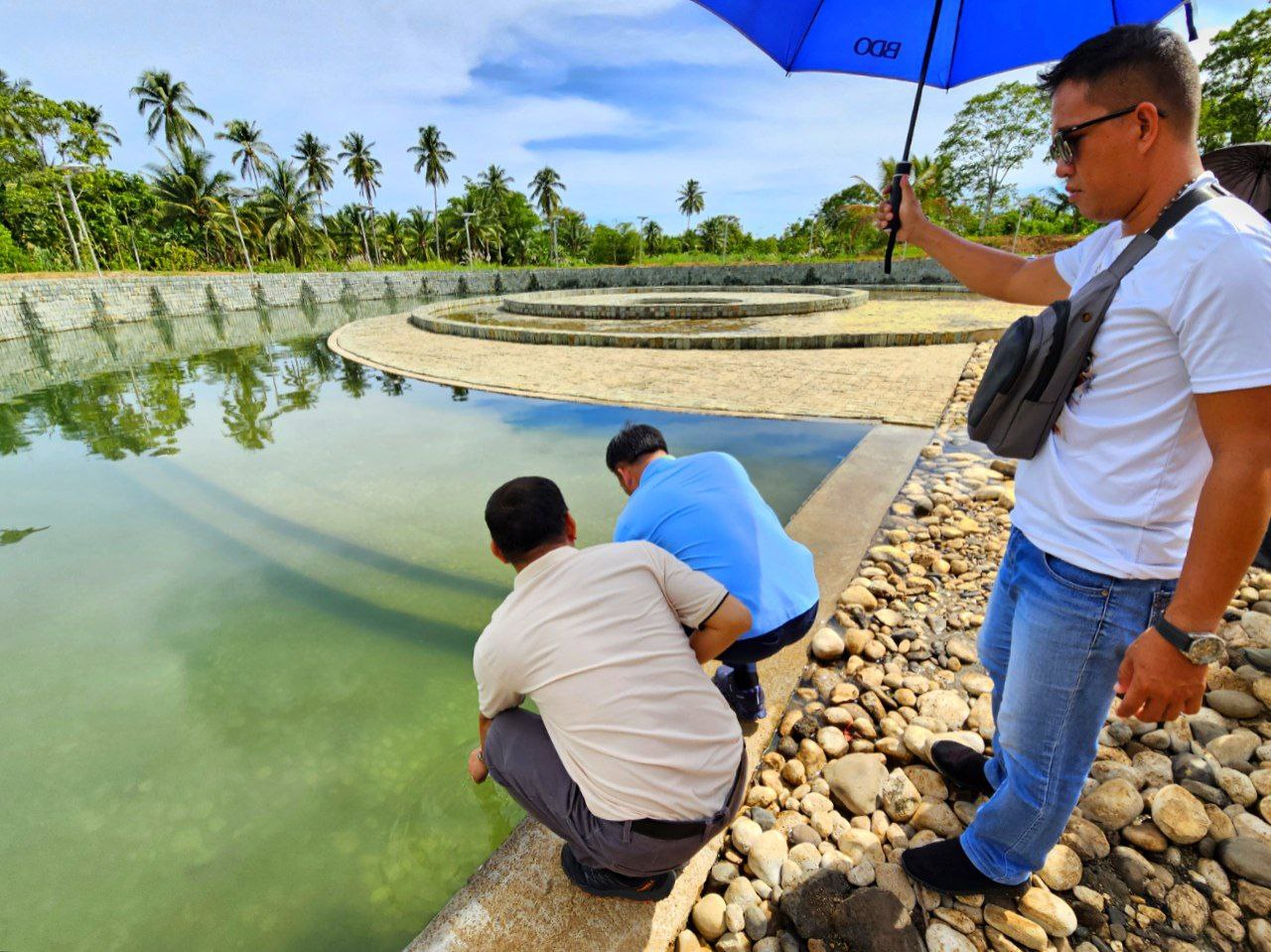Giving utmost priority in addressing the problems of poverty and insurgency in the province of Davao Oriental, the leadership of Governor Nelson Dayanghirang has found another equally important measure in the relentless undertaking towards the prevalence of peace and development through the preservation of the province’s abundant cultural heritage.
Proving the said thrust of the provincial government, the province took pride in giving substantial support to the TEMOGO project of the National Commission for the Culture and Arts (NCCA), this time focusing on the process of weaving in the production of Mandaya’s sacred cloth, dagmay.
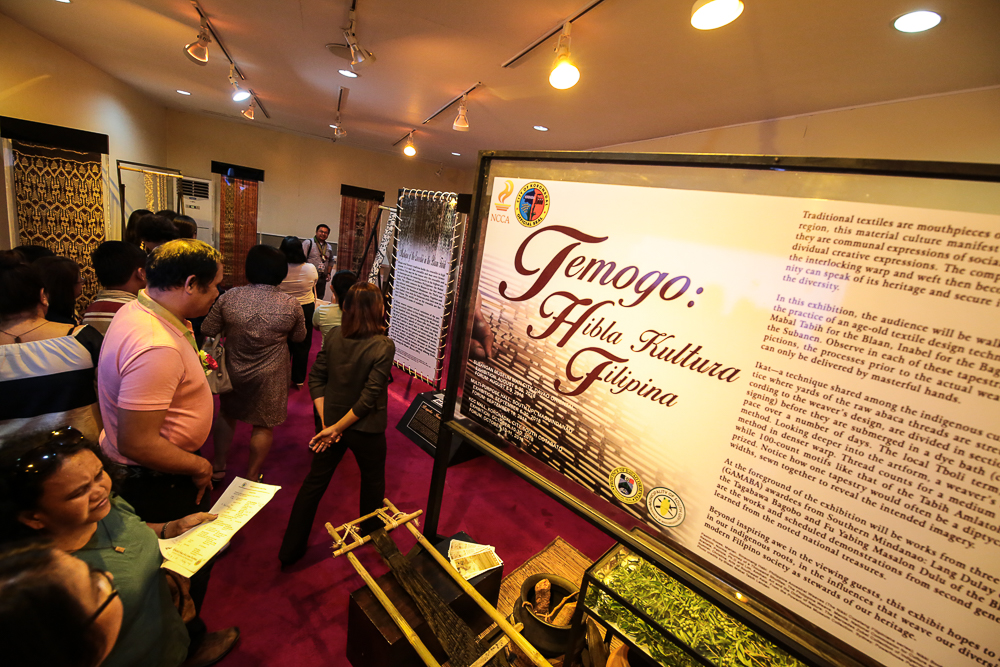
In the opening ceremonies and Cultural Education of TEMOGO, a project of Hibla Kultura Filipina of the NCCA on August 8, 2018 at the Subangan Museum, Prof. Ricamela Palis described Subangan the Davao Oriental Provincial Museum as the perfect venue for the TEMOGO Exhibit, where the marvelous cultural heritage of the province is seemingly put to life.
Palis explained why the said program of the agency now focuses on the process of weaving, a process beautifully mastered by the indigenous peoples in the province, particularly in the first district where dagmay is weaved to perfection.
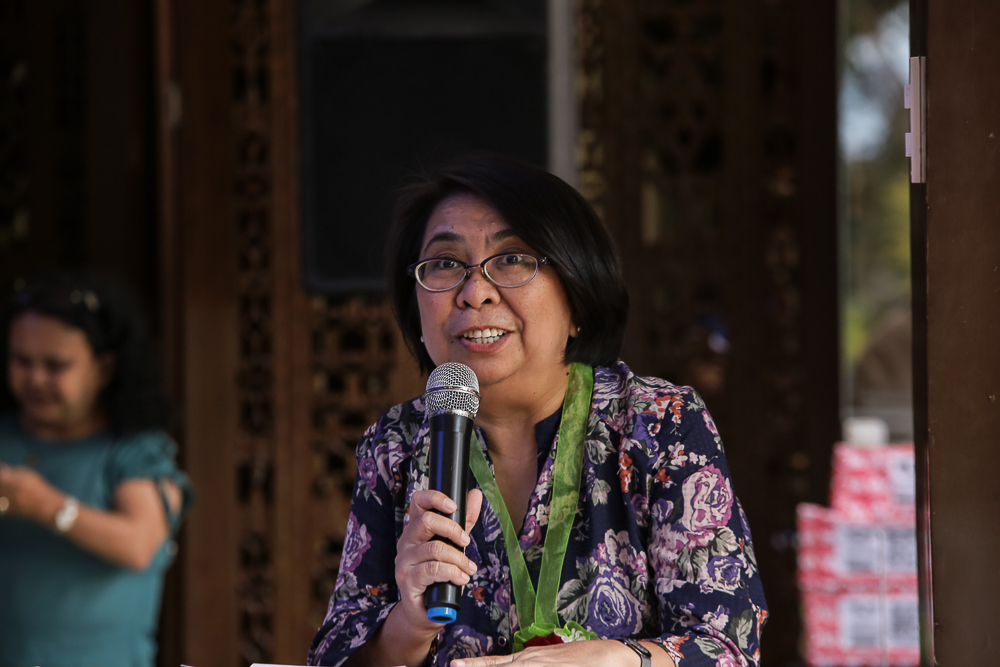
“It is very important for the people, especially the youngsters to know the process of weaving in producing the sacred cloth of the indigenous peoples, particularly the dagmay of the Mandayas,” she said.
She added that though there were documentations made, but they have little knowledge about weaving, and they tend to value the process and the product less if they do not know the whole story.
The provincial government finds it very fitting in partnering with the NCCA and the local government unit of Koronadal, the other host LGU for the said undertaking.

“When Gov. Nelson Dayanghirang assumed office, he was very consistent, and still is, with his thrust of an inclusive government. He is fully aware that there is a sector that needs to be included enormously in governance, and they are also a big part in any undertaking and development of the province,” narrated Mr. Ednar Dayanghirang, the Chief of Staff of the Governor.
Being a lumad himself, Gov. Nelson Dayanghirang knows too well that the different tribes should be included in the framework of governance, especially those who are protecting their ancestral domains.

“There are 12 ancestral domains in the province located in 364 thousand hectare of land area and this is 67% if the total land area of the province. This is precisely the reason why we cannot deprive them, the lumads, of their rightful place in the government,” Dayanghirang explained.
The TEMOGO exhibit which will run until Sept. 2, 2018, showcases the sacred Dagmay of the Mandayas, the Tinagkulo of the Bagobos, T’nalak of the Tiboli, Tabih of the B’laan, and the cloth Pulaw.
Embedded in the forum that followed in the afternoon were lectures on Contextualization and Indigenization Framework as Pedagogy on Cultural Education, The Crocodile Motiff on the B’laan Tabih, and The Temogo Technique: Cultural Based Lesson Exemplar on Chemical Reactions in the T’boli Dyeing Process.
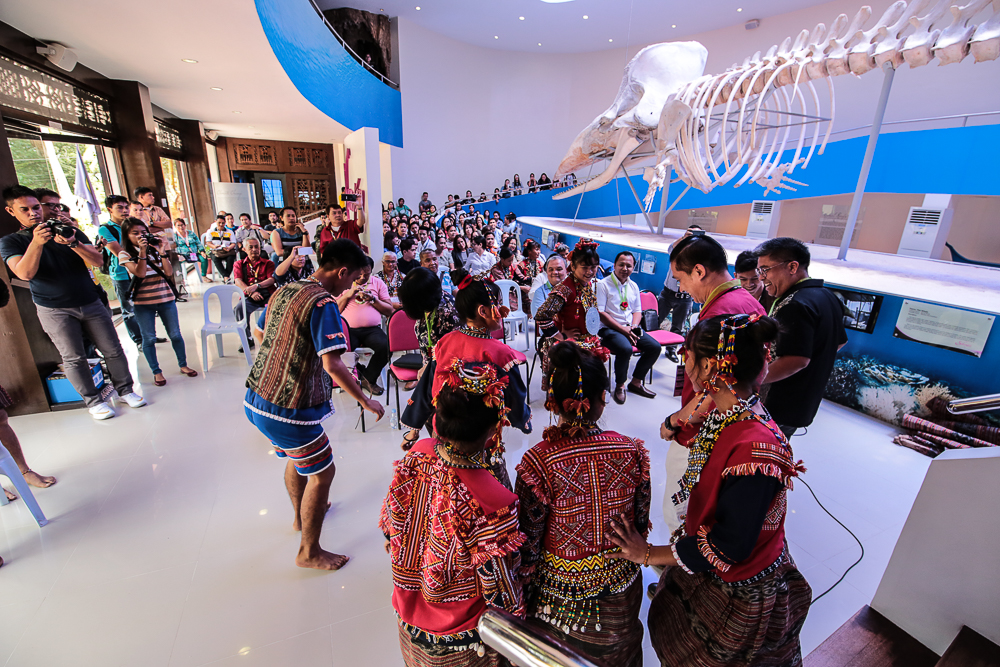
The provincial government echoed to the wondrous thoughts of Prof. Palis in reply to the question if cultural heritage can feed the people, a realistic concern to the daily undertaking for subsistence and survival of the people.
“There are many questions that need to be answered. But we have to start with knowing and understanding the process. For how can we protect something that we do not know and understand? Can cultural heritage conservation feed us? Yes, because we are helping each other in making the heritage live, and the heritage in return, made us live and survive against the painstaking test of time,” she said. Photos by Eden Jhan Licayan

